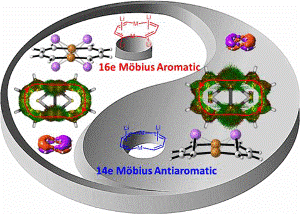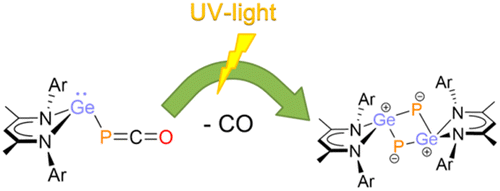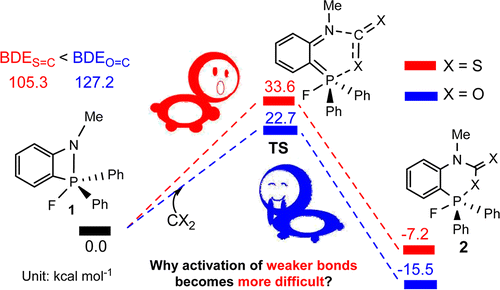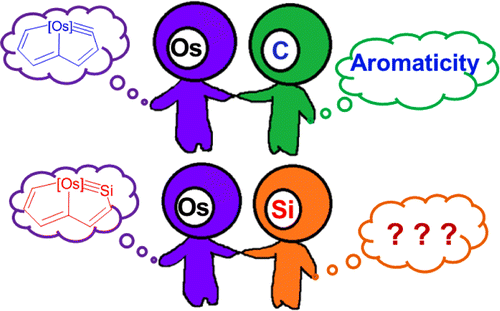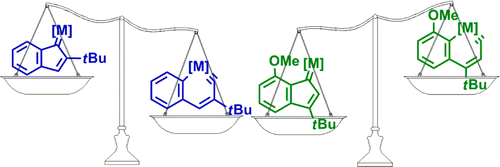To Be Bridgehead or Not to Be? This is a Question of Metallabicycles on the Interplay between Aromaticity and Ring Strain
Submitted by Jun Zhu on Mon, 01/29/2018 - 16:07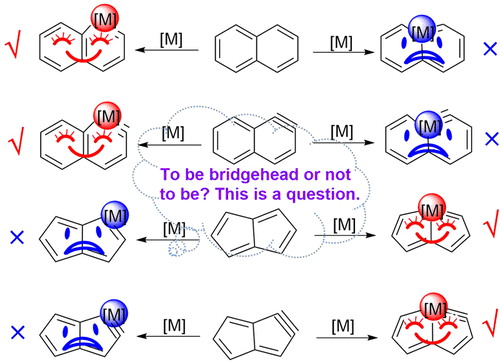
Transition-metal-containing metallaaromatics have attracted considerable interest from both experimental and computational chemists because they can display properties of both organometallic compounds and aromatic organic compounds. In general, the transition metal in a metallabicycle prefers a nonbridged position to the bridgehead one because of the larger ring strain caused by the rigidity in the bridgehead position, as exemplified by metallanaphthalene and metallanaphthalyne.

